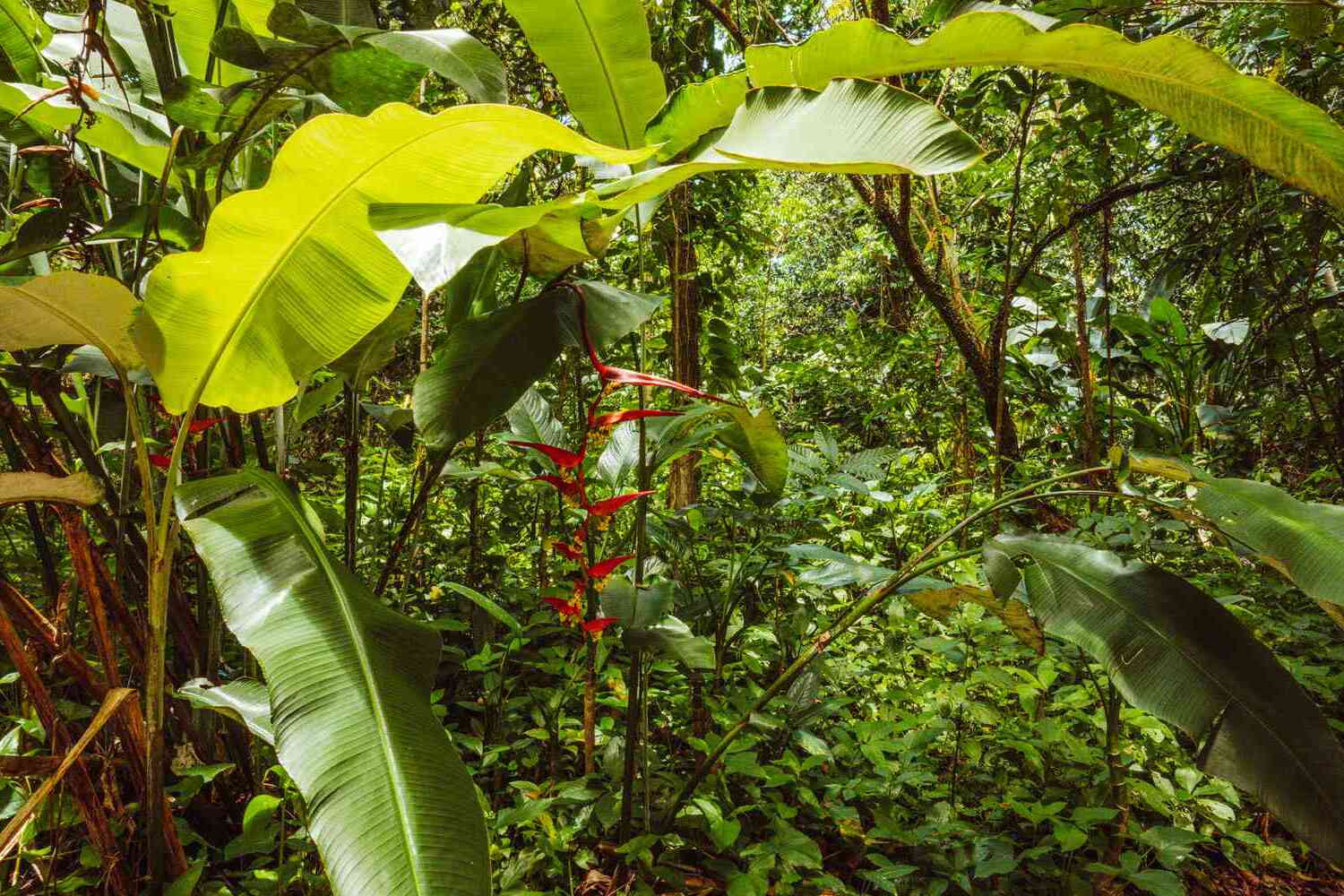
Resource partitioning is a fascinating concept in ecology that helps different species coexist in the same habitat. But what exactly is resource partitioning? In simple terms, it's the way species divide resources like food, space, and time to reduce competition. Imagine a forest where birds, insects, and mammals all need food. Instead of fighting over the same resources, they adapt by eating different things or feeding at different times. This clever strategy allows multiple species to thrive together. Why is this important? Understanding resource partitioning can help us protect biodiversity and manage ecosystems more effectively. Dive into these 20 facts to learn more about how nature finds balance.
What is Resource Partitioning?
Resource partitioning is a fascinating concept in ecology. It explains how different species coexist in the same habitat without outcompeting each other. This process involves dividing resources like food, space, and time to reduce competition.
-
Definition: Resource partitioning refers to the division of limited resources by species to help avoid competition in an ecological niche.
-
Origins: The concept was first introduced by ecologist G. Evelyn Hutchinson in the 1950s.
-
Types of Resources: Resources can include food, habitat space, and even time (like different feeding times).
-
Example: In a forest, different bird species might feed on insects in different parts of the trees to avoid competition.
How Does Resource Partitioning Work?
Understanding how resource partitioning works can help us appreciate the balance in nature. Species adapt in various ways to share resources effectively.
-
Behavioral Adaptations: Species may change their behavior, such as feeding at different times of the day.
-
Morphological Adaptations: Physical changes, like beak shape in birds, can help species exploit different resources.
-
Spatial Partitioning: Species might occupy different physical spaces within the same habitat.
-
Temporal Partitioning: Different species might use the same resource but at different times.
Examples of Resource Partitioning in Nature
Real-world examples make the concept of resource partitioning easier to grasp. Here are some intriguing instances from nature.
-
Warblers: Different warbler species feed on different parts of the same tree, reducing competition.
-
Big Cats: Lions and leopards in Africa hunt different prey or hunt at different times to avoid direct competition.
-
Plants: Different plant species might have roots at varying depths to access different water sources.
-
Marine Life: Various fish species might occupy different levels of the ocean to avoid competition.
Benefits of Resource Partitioning
Resource partitioning offers several benefits to ecosystems. It promotes biodiversity and helps maintain ecological balance.
-
Increased Biodiversity: By reducing competition, more species can coexist in the same habitat.
-
Stable Ecosystems: Resource partitioning helps maintain stability in ecosystems by ensuring that no single species dominates.
-
Efficient Resource Use: Resources are used more efficiently, reducing waste and promoting sustainability.
Challenges and Limitations
While resource partitioning is beneficial, it also has its challenges and limitations. Understanding these can provide a more balanced view.
-
Resource Scarcity: When resources are extremely limited, partitioning might not be enough to prevent competition.
-
Environmental Changes: Sudden changes in the environment can disrupt established partitioning systems.
-
Invasive Species: New species can upset the balance by competing for the same resources.
Human Impact on Resource Partitioning
Human activities can significantly affect resource partitioning. It's essential to understand these impacts to mitigate negative effects.
-
Habitat Destruction: Deforestation and urbanization can destroy habitats, making resource partitioning difficult.
-
Pollution: Pollution can reduce the availability of resources, increasing competition among species.
Final Thoughts on Resource Partitioning
Resource partitioning helps species coexist by reducing competition. Different species use resources in unique ways, allowing them to share the same habitat. This concept explains why diverse ecosystems thrive. For example, birds might feed at different heights in trees, while plants may have varying root depths to access water.
Understanding resource partitioning can aid conservation efforts. By recognizing how species divide resources, we can better protect their habitats. This knowledge also highlights the importance of biodiversity. Each species plays a role in maintaining ecosystem balance.
In essence, resource partitioning is a natural strategy for survival. It showcases the intricate relationships within ecosystems. Next time you observe nature, think about how species share their environment. This awareness can deepen your appreciation for the natural world and its complex interactions.
Was this page helpful?
Our commitment to delivering trustworthy and engaging content is at the heart of what we do. Each fact on our site is contributed by real users like you, bringing a wealth of diverse insights and information. To ensure the highest standards of accuracy and reliability, our dedicated editors meticulously review each submission. This process guarantees that the facts we share are not only fascinating but also credible. Trust in our commitment to quality and authenticity as you explore and learn with us.


